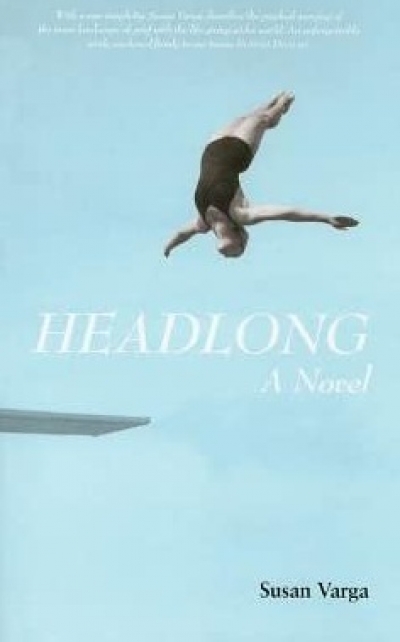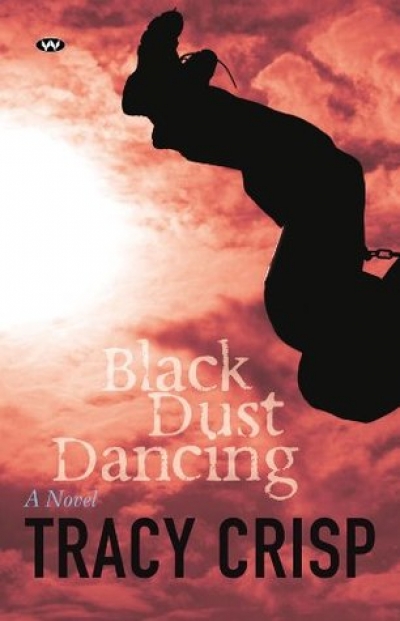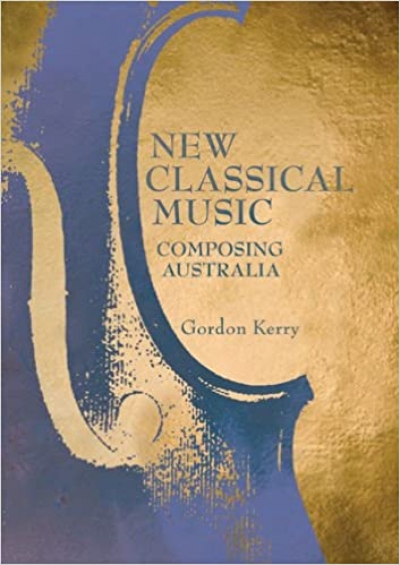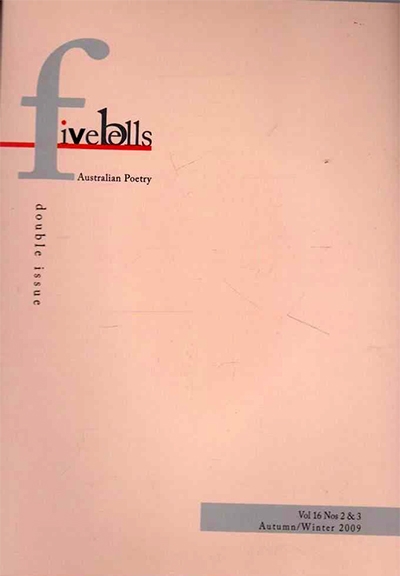Archive
So much activity outside
where sunlight spills across the snow
like cream –
Rain bubble-wrapping the windows. Rain
falling as though someone ran a blade down the spines
of fish setting those tiny backbones free. Rain
with its squinting glance, rain
The Diamond Anchor by Jennifer Mills & The China Garden by Kristina Olsson
by Kate McFadyen •
Five Bells Australian Poetry Festival (Double Issue) edited by John S. Batts et al.
by Lisa Gorton •
The Letters of Samuel Beckett, Vol. 1: 1929–1940 edited by Martha Dow Fehsenfeld and Lois More Overbeck
by James Ley •










